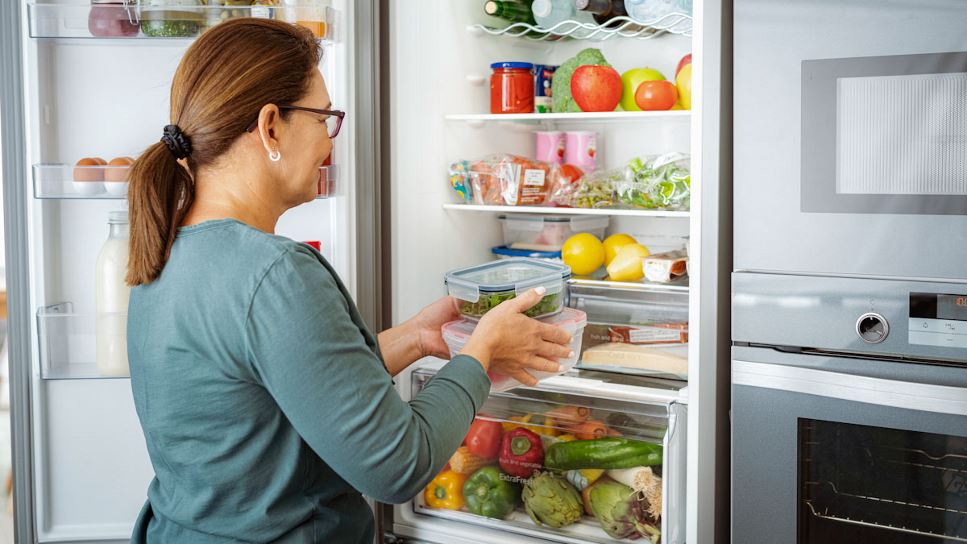When it comes to food safety, there are a few key factors you have control over in reducing your risk of foodborne illness, also known as food poisoning. One of these factors is temperature control.
Whether you're storing food for later or serving immediately, keep your food at a safe temperature and out of the "danger zone."
What is the Danger Zone?
As the name suggests, the danger zone refers to a temperature range at which it is dangerous for foods to be held. That range is between 40°F and 140°F.
Why So Dangerous?
Bacteria grow rapidly between 40°F and 140°F, multiplying fastest between 90°F and 140°F. Many foods offer the perfect environment for bacteria to grow.
Who’s at Risk?
Harmful bacteria are one of the main sources of food poisoning in the United States. Many people with a foodborne illness will experience mild symptoms and get better without treatment, but individuals with severe symptoms should seek medical attention.
Anyone can get a foodborne illness but some individuals are at a higher risk of severe illness. These groups include pregnant individuals, young children, older adults and people with weakened immune systems. Even small amounts of bacteria in food can cause a severe reaction.
How to Reduce Your Risk of Food Poisoning
To reduce your risk of food poisoning, make sure to keep your food out of the danger zone. Before eating leftovers, reheat them to a minimum internal temperature of 165°F.
References
Find a Nutrition Expert
Looking for credible nutrition information and recommendations? The Academy of Nutrition and Dietetics' network of credentialed food and nutrition practitioners are ready to help!

